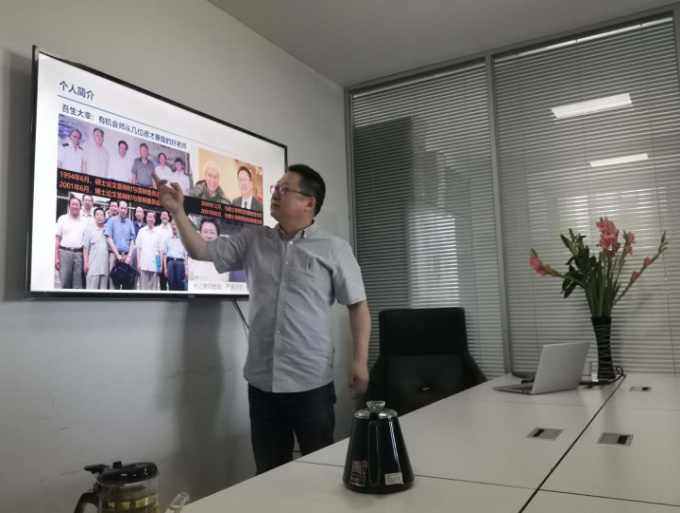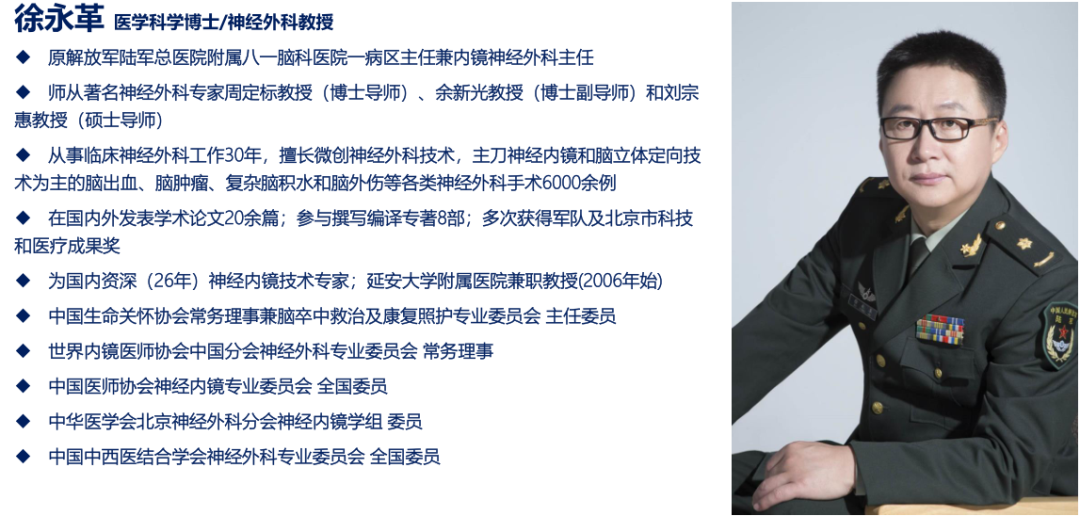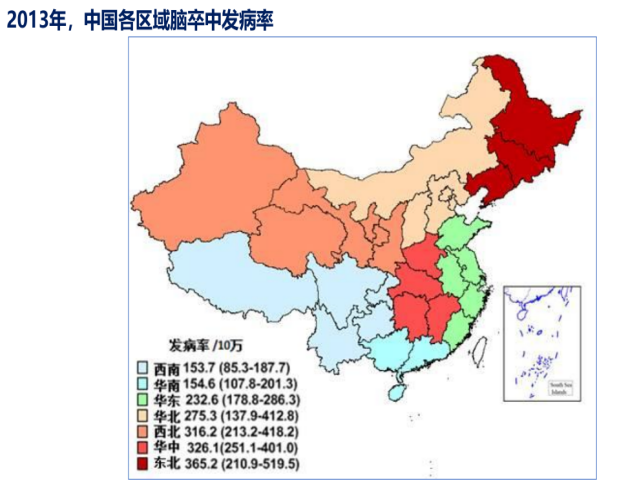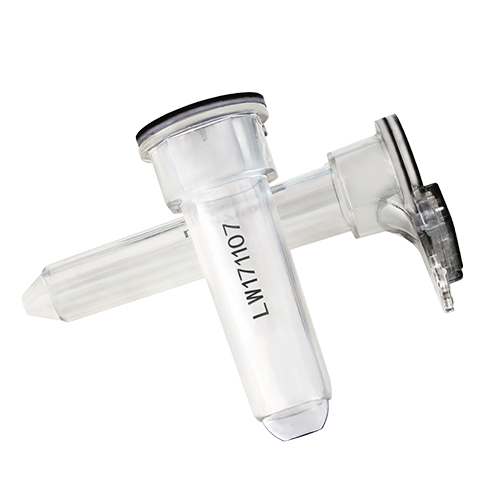3D Printing Guide Brain Positioning Technology Sharing Conference at Levo Medical
Publish Date: 2020/8/18
On August 15, 2020, Professor Xu Yongge from the Brain Disease Department of the former PLA Army General Hospital accepted the invitation of Jilin Laiwo Medical Technology Co., Ltd. to explain brain disease knowledge to company employees, share the technology of 3D printed guide plate cranial positioning system and the combined use of disposable brain traction guide tube.

Professor Xu Yongge is the chairman of the Stroke Treatment and Rehabilitation Care Professional Committee of the China Life Care Association. He has been engaged in clinical neurosurgery for 30 years and is skilled in minimally invasive neurosurgery techniques. He has performed over 10000 neurosurgery surgeries, including cerebral hemorrhage, brain tumors, complex hydrocephalus, and traumatic brain injury, mainly using neuroendoscopy and stereotactic techniques. He has personally performed over 360 image-guided endoscopic intracerebral hematoma removal surgeries, making him the most numerous surgeon in the world. The original minimally invasive surgical technique for cerebral hemorrhage, which includes 3D printed guide plate positioning, transparent traction catheter support, and endoscopic intracerebral hematoma removal, has obtained 14 international patents and conforms to the international trend and trend of minimally invasive surgery. It has been applied in neurosurgery surgeries in hospitals across the country, especially in primary hospitals.


More than 2 million new cases of stroke occur in China every year, which imposes a huge burden on the country and the general public. According to the 2017 China Health and Family Planning Statistics Yearbook and 2018 China Health Statistics Abstract, stroke is the primary cause of death and disability in China, and the incidence rate and mortality rate are increasing year by year. According to statistics, at least one out of every five deaths is caused by stroke. The situation of stroke prevention and control in China is very severe, with an annual recurrence rate of 15% and a recurrence rate of 30% within five years, which has seriously affected the health of the population. In 2020, Health China advocated "focusing on human health and promoting countrymen health equity", which set a long-term and ambitious goal for the medical industry.


Professor Xu Yongge adheres to the pursuit of philosophy and technology, and has achieved a more timely, thorough, safe, and cost-effective intracranial hematoma removal technique, opening up a new chapter in image-guided endoscopic intracerebral hematoma removal surgery. The image-guided endoscopic intracerebral hematoma removal surgery is an original minimally invasive brain surgery that uses a 3D printed guide plate positioning system, a disposable brain traction guide tube supported by Levo, and endoscopic intracerebral hematoma removal. The 3D printing guide plate positioning technology can quickly and accurately locate the lesion area; At the same time, the use of disposable brain traction guide tubes in precise coordination with positioning systems ensures transparent surgical access, reduces surgical incision wounds, and effectively shields brain tissue from damage; Using neural navigation systems and endoscopic equipment, the surgeon can directly view the lesion and quickly complete its removal. This technology is easy to operate, cost-effective, and has huge social benefits, making it suitable for widespread promotion in grassroots hospitals.


The disposable brain traction guide tube is designed specifically for neurosurgery craniotomy surgery, providing a safe and stable transparent surgical channel. This technology greatly reduces the brain tissue damage caused by traditional surgical pressure plate traction, and reduces the incidence of high complications and sequelae, improving the postoperative quality of life of patients and making surgery more "minimally invasive". Once launched, it has sparked global promotion. Levo disposable brain traction guide tube is made of imported polycarbonate material, which has high transparency and stability. The two parts (guide and retraction device) are connected by a spring lock, with unique design features and fine manufacturing process. In the application of neurosurgery in the brain, it can not only fully expose the lesion site and surrounding tissues, but also minimize iatrogenic interference and damage to brain nerve tissue. It can be combined with microscopy/endoscopy to assist in the treatment of various intracranial space occupying lesions. The clinical application potential is enormous, and clinical surgical practices at home and abroad have also confirmed the clinical benefits brought by brain traction guidance tubes.


--Characteristics and advantages--
★ Transparent design: Transparent material provides better visibility and facilitates observation of changes in surrounding tissues
★ Cone shaped design: Cone shaped guide, small incision, seamless entry into target tissue, minimizing brain tissue damage
★ Elliptical design: The elliptical cross-section can evenly distribute the force on the soft tissues of the brain, relieve the pressure on surrounding tissues, and achieve tension-free surgery
★ Coating design: Absorbing coating, dispersing light source, avoiding strong light reflection during surgery
★ Made of polymer materials: BAYER medical polymer materials from Germany, high safety
★ Aseptic design: disposable to avoid cross infection from repeated use
★ Highly compatible handle design: Compatible with the handle, it can hold or connect the robotic arm, avoiding accidental movement, achieving stable intervention, freeing up doctors' hands, and improving surgical efficiency






